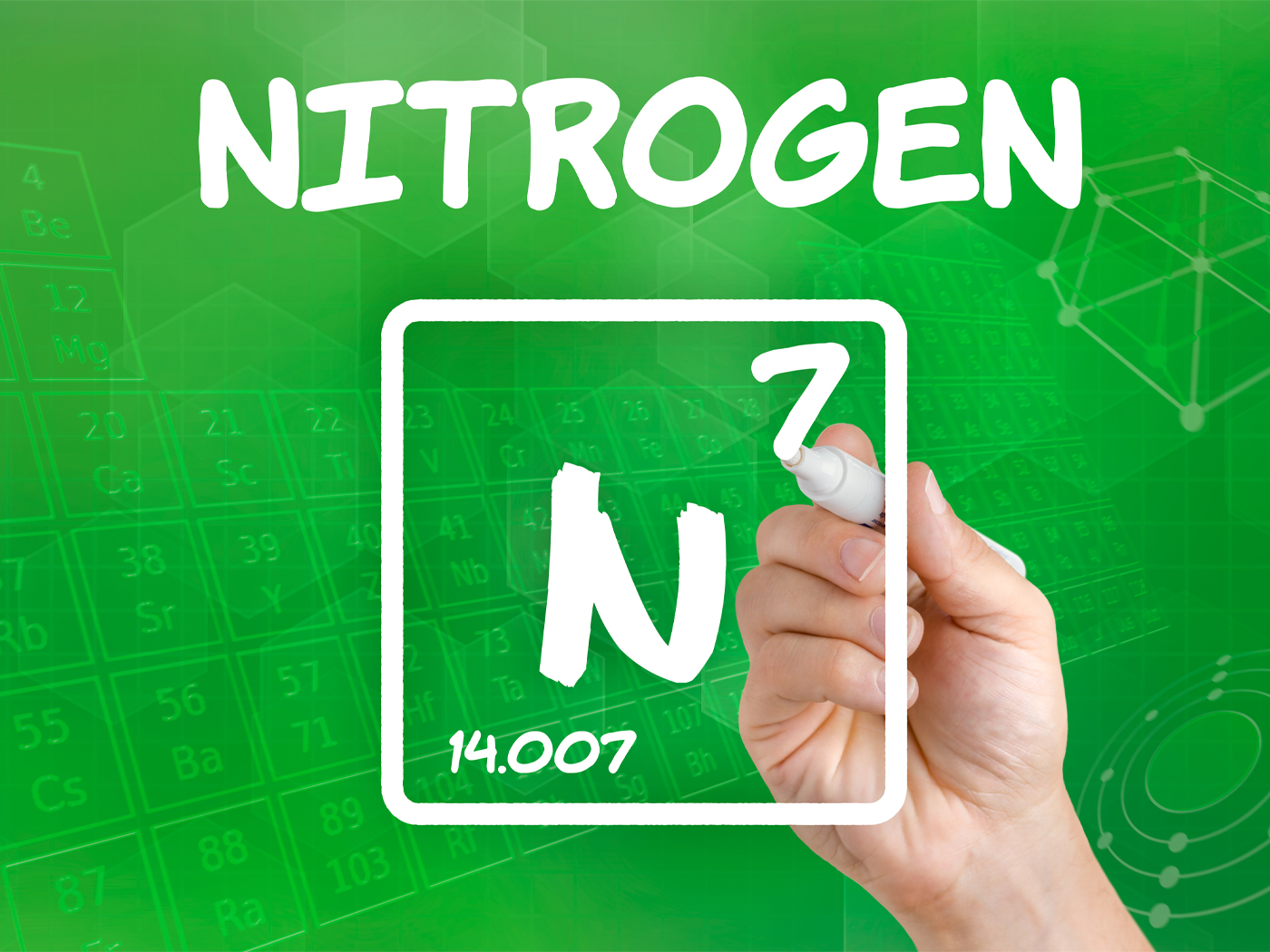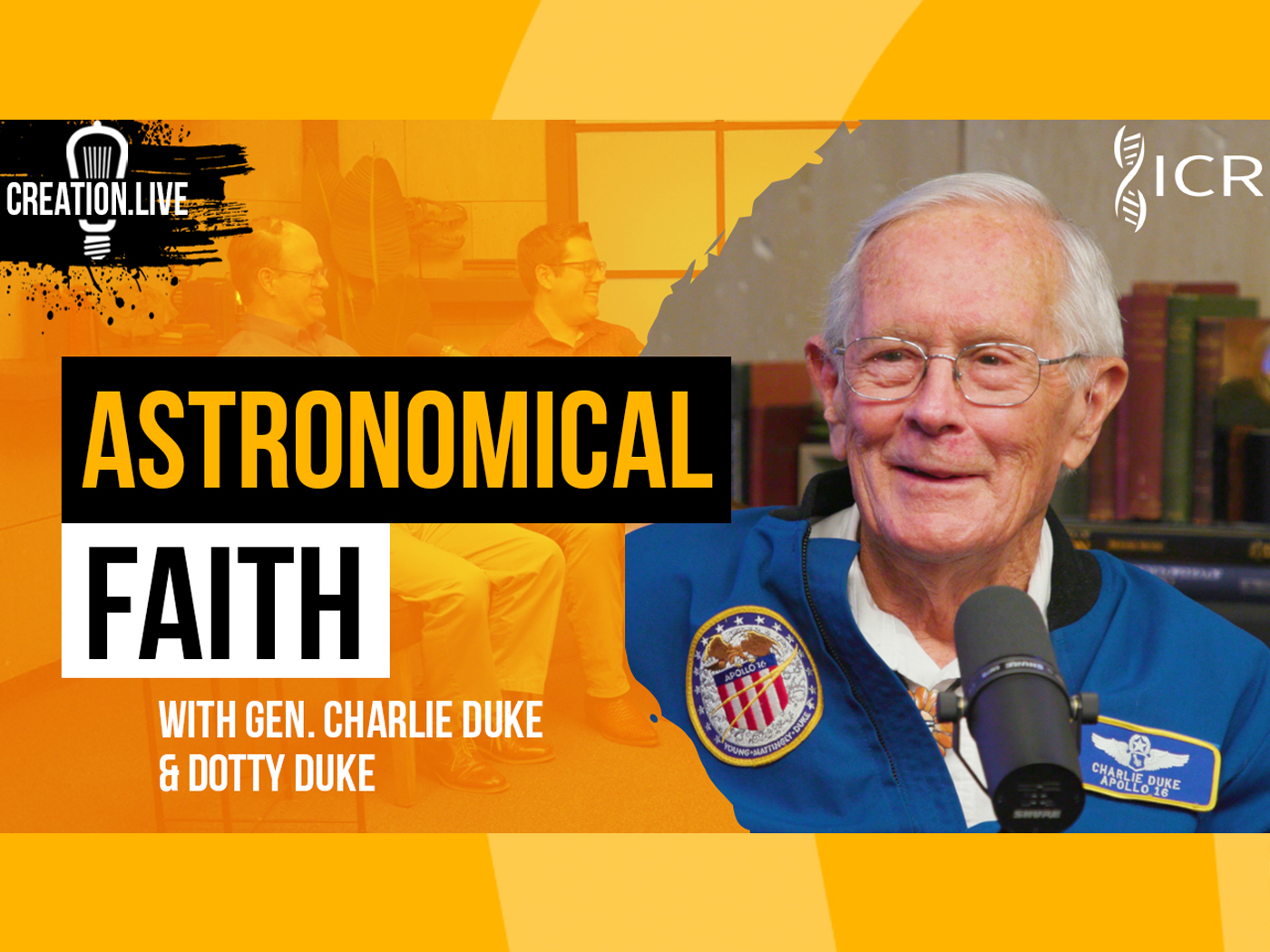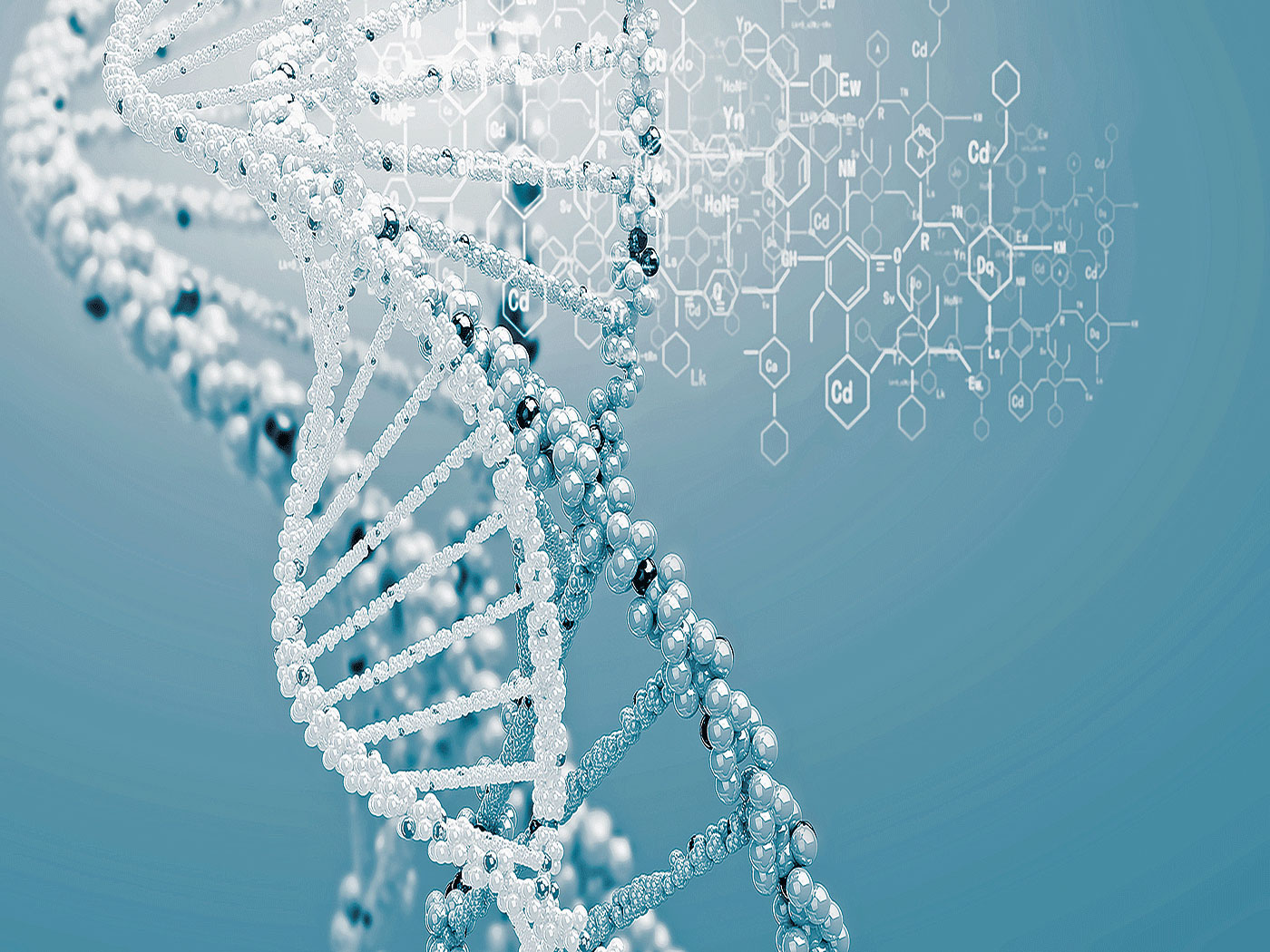Did you know that your body contains about 75 trillion cells? Did you know that virtually each of these cells is designed with thousands of tiny machines?

Diagram of a rotating submicroscopic motor (enzyme) composed of 3 subunits.
Research methods into cell ultrastructure have recently revealed motor organelles, discrete structures inside the cell, that could not even be imagined a mere three decades ago. These fascinating submicroscopic machines, "molecular motors," have now been discovered in the cells of people, bacteria, and animals:
Bacteria have sophisticated molecular machineries dedicated to regulating their growth and division with superb accuracy.1
Most forms of movement in the living world are powered by tiny protein machines known as molecular motors. Among the best known are motors that use sophisticated intramolecular amplification mechanisms ... 2
Such tiny motors may actually be seen using special shadowing techniques and high-resolution electron micrographs. The machines, or motors, are comprised of protein and aid in various cellular processes that include cell division, organelle transport and function, and cargo transport along protein tracks in the cytoplasm (the living contents of a cell).
Myosin V [a member of a diverse protein family — the most common being is the myosin that makes up our muscles], a cellular motor protein, carries cargo within cells by moving along actin filaments. It takes 37-nanometer steps by placing one "foot" over the other ... 3
Genetic mistakes, i.e. mutations, causing motor imperfections may lead to severe defects and possibly lethal diseases. Ironically, Darwinists suppose that mutations "created" the molecular motors! No Creator was involved, they maintain.
Like so many areas of biology, research into molecular motors is in its infancy. Roles of many such motors remain unknown. While Darwinian researchers use the word "machine," a functional unit with various moving parts, the very term implies design.
One point seems obvious: if it takes the concerted efforts of a small army of designers, engineers, and construction workers to assemble the large motors seen in power plants for example, then what about these submicroscopic protein motors that evolutionists call "sophisticated," having "superb accuracy"? As investigation continues, the specially designed features of God's creation will remain "clearly seen" by those who are willing to go where the evidence leads.
_____________________________
1. EMBO Reports 4, 7, 2003, pp. 655-660.
2. Schliwa & Woehlke, Molecular Motors, Nature, April 17, 2003, p. 759.
3. Molloy & Veigel, Myosin Motors Walk the Walk, Science, June 27, 2003, p. 1993.

















